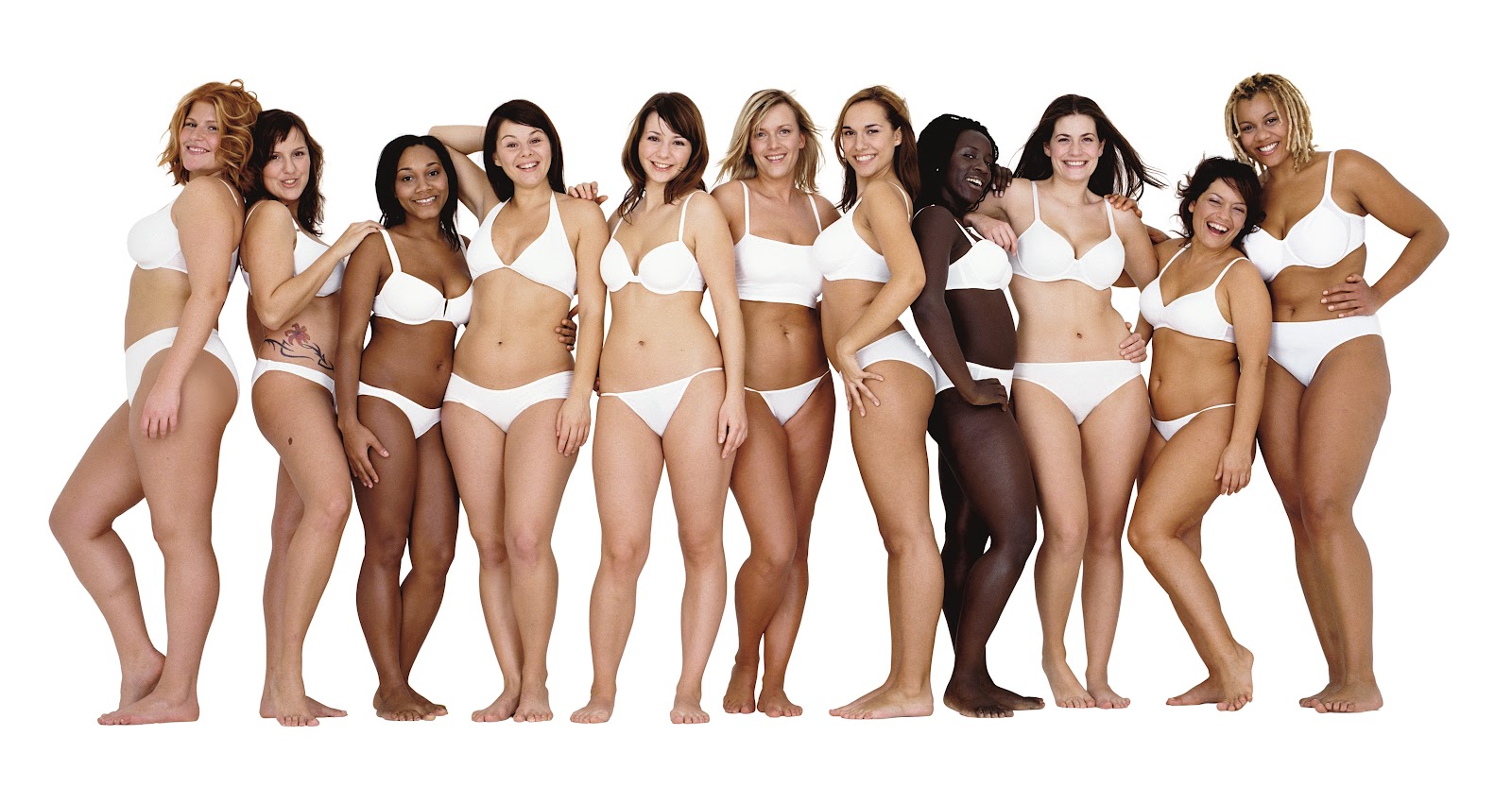
Image Credit: People's Lab
Every image is haunted by the excluded. Every social movement is haunted by flaws. After reading Avery F. Gordon's Ghostly Matters: Haunting and the Sociological Imagination and Nivedita Menon's Recovering Subversion: Feminist Politics Beyond the Law, I became a bit haunted by the possibility of subversion. These two texts tell us that ghosts, in various forms, are absolutely everywhere, and after ruminating on their content and methodologies, I started to see ghosts, too.
Gordon's book criticizes canonical sociology being far too focused on the present, the physical and the empirical, and for failing to account for “missing” and the “disappeared” subject positions. These absent presences, the ghosts that haunt our supposedly complete accounts of societies and histories, need to be accounted for. The ghost, for Gordon, is “the sign, or the empirical evidence if you like, that tells you a haunting is taking place. The ghost is not simply a dead or a missing person, but a social figure, and investigating it can lead to that dense site where history and subjectivity make social life” (8). In other words, what societies exclude, keep out and make abject are, paradoxically, at the very heart of cultural meaning.
At first glance, Menon's study seems pretty far removed from Gorrdon's subject matter. While Gordon's book makes itself tantalizingly fantastic by splaying references to ghosts and hauntings all over its cover page, Menon's text looks pretty down-to-earth. Weighty, serious terms like “politics” and “the law” indicate no-nonsense subject matter. Imagine my surprise when I realized that Gordon and Menon's projects actually share a lot of crucial points. Menon, like Gordon, suggests that cultural movements are haunted by unintended subject positions. Menon emphasizes the overwhelming power of discourse and demonstrates that even apparently revolutionary action can backfire if it's energized by problematic reasoning. Menon gives the general example of abortion “rights” early in her book: pro-choice discourse that claims abortion as a “private right” for women who deserve to make their own decisions about their own bodies necessarily forecloses on the possibility that abortion could be a public concern that requires, for example, insurance coverage or even subsidies. Menon focuses on legal discourse, but we can infer that all social movements and campaigns are bound by the rules of intelligibility: what can be said is limited by what makes sense given the current cultural climate. Because of this intrinsic problem with discourse, that only culturally available ideas are, well, available for mobilization, revolutionary discourse becomes haunted by counter-revolutionary possibilities, the ghosts of future oppression.
When it comes to the difficulties of emancipatory discourse, people craving equality for various gender and sexuality subject positions have certainly struggled with some double-edged swords. The highly volatile, highly relevant, intensely current debate on gay marriage springs to mind. By appropriating the universalizing discourse of the normalcy of monogamous marriage, many gay couples strive to secure valuable legal rights and cultural intelligibility. On the other hand, does this appropriation simply re-affirm the value of monogamy, the desirability of a capitalism-driven “normalcy”, and/or erase the multiplicity of queer experience in favor of the bourgeois “loyalty, romance and procreation” model of sexual relationships in mainstream culture?
Another interesting movement, a supposedly all-inclusive self-esteem builder for women, has been picked up by the Dove soap company. Their “Real Beauty” campaign strives to differentiate Dove from other hygiene or clothing product companies that rely on exclusive, unattainable ideals of attractiveness to sell their merchandise. This advertising scheme (which can, perhaps, double as a social statement) implies that our current standards of beauty unfairly exclude women who are too old, too fat, too ethnic, too “physically flawed.” Instead, Dove's visual ads argue that our concept of beauty needs to expand so that we see all women as beautiful. Of course, there are some problems here. The image of “beautiful” women of diverse races and body types is haunted by a few obvious exclusions: women with blemished skin, women with disabilities, women who might not be immediately recognizable as women, women who aren't sparkling and clean who, perhaps, can't afford Dove soap. Isn't it unfair, though, to criticize a soap company for not suggesting that dirty women can also be beautiful? I can hear some of my practical friends asking. Not when their ad campaign focuses on beauty as an all-inclusive category, I can hear myself snidely responding. Like “universally recognized rights,” “universally recognized beauty” seems like a completely unattainable dream.
And even if it weren't, even if we could exorcize the ghosts from this image and convince the world that beauty is, indeed, about confidence and personal pride, are there any discourse-related problems we should be thinking about? About a week ago I came across a public-service campaign. There were several signs taped up on stall doors and beside mirrors in a public women's restroom. Drawn in marker on colorful construction paper, they assured the reader, “You are beautiful!” and that “Beauty has no rank order.” Even as I recognized that the campaigners certainly meant the absolute best and were doubtless motivated by great intentions, I was immediately prompted to wonder: so I deserve to be encouraged about my beauty but not my happiness, my intelligence, or my ability to help others? The signs, even in kindness, even in the suggestion that all women were beautiful, relied on the discourse of attractiveness to empower. Self-worth is still couched in terms of physical appearance, even if we're getting a bit more generous with the required criteria.

Recent comments
2 years 29 weeks ago
2 years 44 weeks ago
2 years 44 weeks ago
2 years 50 weeks ago
3 years 4 weeks ago
3 years 4 weeks ago
3 years 4 weeks ago
3 years 6 weeks ago
3 years 6 weeks ago
3 years 6 weeks ago